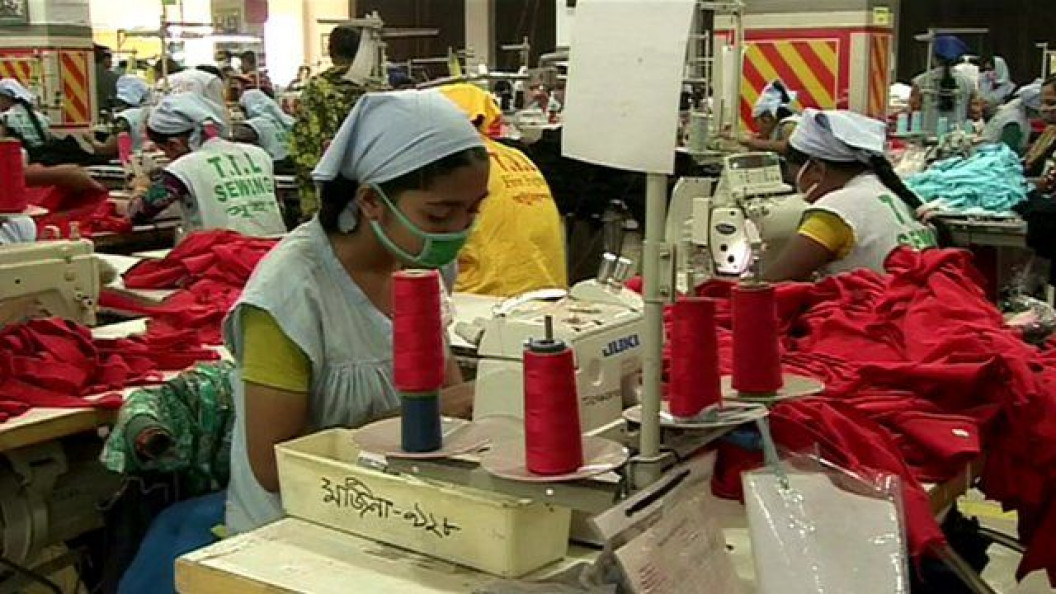* Any views expressed in this article are those of the author and not of Thomson Reuters Foundation.
For more than 100 years the industry that puts clothes on our backs – literally – has been exploiting its mostly female workforce. Countless examples demonstrate that mistreatment and abuse in apparel manufacturing is commonplace: from the child labour in 19th century industrial England, the Triangle Shirtwaist Factory fire in New York in 1911 which took the lives of 146 mostly female immigrant workers, to the collapse of the Rana Plaza building in Bangladesh in 2013, which claimed the lives of 1,100 workers. Despite a proliferation of labour laws and International Labour Organization (ILO) conventions, a period of apparel production characterized by low wage, and squalid and dangerous working conditions has become a rite of passage for countries that aspire to higher levels of development.
The opacity inherent in the modern world of apparel production is intrinsic to the problem. But, with improvements in technology and a deeper understanding of what drives change in supply chains, we are finally able to make progress in improving working conditions in the global garment industry -- and it’s about time.
DISCLOSING WORKING CONDITIONS
Since the 1990s when the public began to exert pressure on brands to improve working conditions in their supplier factories, hundreds of thousands of social and environmental audits have been conducted on behalf of fashion brands. Factory auditing has become a booming business. Yet virtually all audit information is held in secret, only accessible to factories and brands.
In 2014, when I headed up the ILO’s Better Factories Cambodia project, which audits all export factories in Cambodia, we began to publicly post the performance of nearly 500 factories on 21 core labor rights measures. Within a year after the launch of our transparency website, we witnessed dramatic increases in factory compliance, including an 18 percent improvement in payment of correct severance wages, 11 percent improvement in the payment of required bonuses and allowances, and a 17 percent improvement in the conducting of regular emergency evacuation drills. The spectre of public censure that accompanied the website disclosure motivated changes that had been resisted for years. Imagine what could happen if audit information about apparel and footwear factories around the world were made available for all to see.
IMPROVING PURCHASING PRACTICES
Audit findings are not the only information in the garment industry has kept in a cloak of secrecy. It has been widely acknowledged in recent years that the purchasing practices of brands and retailers can cause factories to violate laws or codes of conduct. Late order placement by a brand can result in excessive overtime at the factory; poor payment terms can result in cash flow problems and an inability to pay workers; limited or no forecasting makes it difficult for factories to make long-term commitments to their workers. But while most brands acknowledge the problem, so far few have been willing to buck a system that is working on their behalf.
Enter BetterBuying.org, an online rating system set to launch publicly in 2017 that will allow factories to anonymously rate the purchasing practices of their buyers. Buyers with good purchasing practices will be acknowledged, while public pressure will encourage those with poor practices to improve. This will, in turn, benefit factories and make it more possible for them to treat their workers fairly.
SHEDDING LIGHT ON A MURKY SUPPLY CHAIN WEB
Garments are sourced through a complex web of direct and indirect suppliers, middlemen and subcontractors. Often, apparel brands themselves do not know where all their goods are produced, which makes taking accountability for working conditions a challenge. Soon, the excuse of not knowing may be a thing of the past. BRAC University in Bangladesh is developing an interactive online map that will eventually include all apparel factories in the country, including subcontractors, and provide basic information for each factory. The map will be publicly available, and BRAC University will vet crowd sourced information in order to keep the data up to date.
Another example is UK-based Fashion Revolution, a global movement calling for greater transparency in the fashion industry. In April 2017, they released the 2nd year of the Fashion Transparency Index that rates 100 brands on how much they know and share publicly about their supply chains. Brands are accelerating their transparency plans in anticipation of the release of the Index.
Meanwhile, others are testing innovative technologies to improve traceability. ICA Bremen based in Germany and FibreMark Solutions Ltd in the UK are adding minute quantities of cellulosic marker fibres to cotton – markers which can withstand bleaching, dyeing, and finishing – and following the cotton from field to factory. By scanning the finished product, retailers, or maybe even consumers, will be able to tell where the cotton came from and the percentage of marked cotton in the garment. Want to rid your wardrobe of cotton picked by forced labor? Technology will soon enable you to do that.
A RISING TIDE OF ACCOUNTABILITY
The global garment industry has been sustained for over a hundred years by a race to the bottom. A rising tide of accountability through technology and transparency is on the horizon. Brands that bury their heads in the sand will be swept away, while those that learn to navigate the turbulent waters will prosper and change the industry forever.
Jill Tucker is the former chief technical advisor for ILO-Better Factories Cambodia and for nearly a decade headed up Reebok International Ltd’s Asia human rights program. She now heads the Supply Chain Innovation and Transformation program for C&A Foundation


